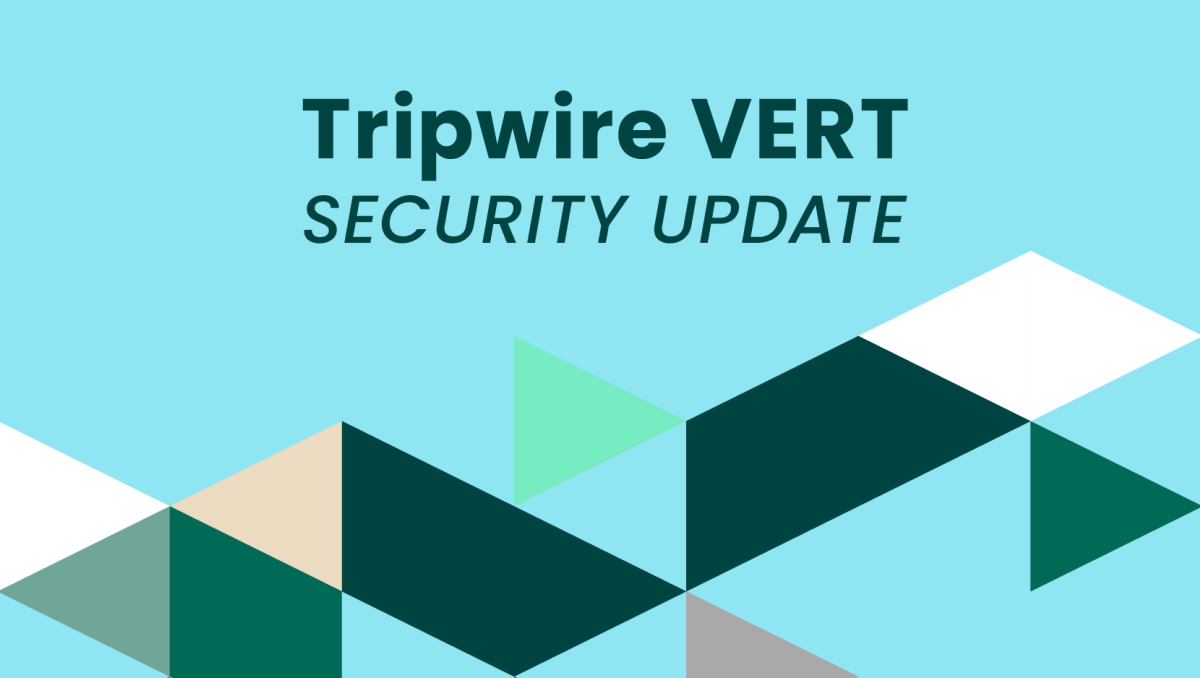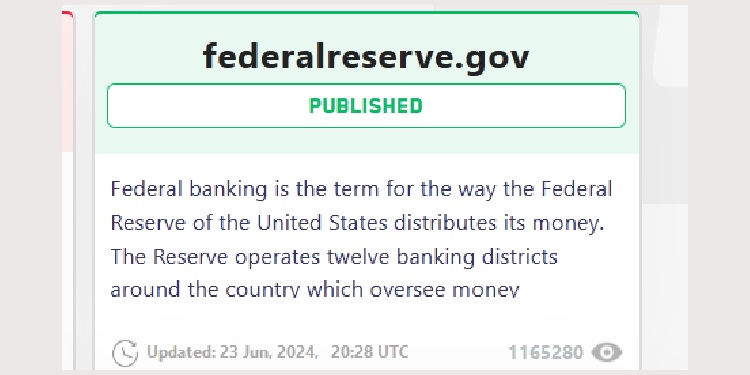Ensuring the confidentiality, integrity, and availability of data is not just a best practice but a necessity to protect against breaches and cyber threats. Our Network Security Policy Template provides a robust framework for safeguarding your organization’s information assets.
Download the Network Security Policy Templates
-
Network Security Policy Template – PDF
-
Network Security Policy Template – Word
-
Network Security Policy Template – Google Docs
Purpose and Objectives
The primary goal of this policy is to establish the essential minimum standards for information security that must be adhered to by any entity.
This policy is designed to:
- Safeguard the confidentiality, integrity, and availability of information.
- Manage risks associated with security breaches or vulnerabilities.
- Ensure a secure and reliable IT infrastructure.
- Detect and respond to incidents of misuse, loss, or unauthorized access.
- Monitor systems for security compromises.
- Promote information security awareness.
Scope
This policy applies to all systems, both automated and manual, under the administrative control of the entity, including those managed or hosted by third-party services. It covers all types of information, in any form or format, utilized in business activities.
Key Components of the Policy
- Organizational Security Management:
- Establishes both an information risk management function and an IT security function.
- Assigns responsibility to a senior executive or team for overseeing risk management and security measures.
- Ensures decisions on information security risks involve consultations with relevant functional areas.
- Functional Responsibilities:
- Executive Management: Defines security objectives, supports security policies, raises awareness, and ensures compliance.
- IT Management: Integrates security measures, allocates resources, establishes security processes, and ensures business continuity.
- CISO: Provides internal security consultation, formulates strategies, manages incident responses, and conducts awareness programs.
- Duties Separation:
- Implements separation of duties to reduce misuse risks, with alternative controls if full separation is infeasible.
- Risk Management:
- Conducts annual risk assessments and security risk assessments for new projects and major changes.
- Documents assessment outcomes and decisions.
- IT Asset Management:
- Assigns IT assets to specific business units or individuals.
- Maintains detailed inventories and uses regular scanning to detect unauthorized assets.
- Cyber Incident Management:
- Establishes an incident response plan with consistent standards.
- Ensures prompt reporting and management of security incidents.
- Account Management & Access Control:
- Manages accounts with designated individuals, enforces unique user-IDs, and mandates secure authentication methods.
- Requires session management and secure storage of authentication tokens.
- Vulnerability Management:
- Mandates vulnerability scans before deployment and regular penetration testing.
- Coordinates outsourced scans/tests and ensures prompt mitigation of discovered vulnerabilities.
- Compliance:
- Enforces adherence to enterprise policies and standards, with provisions for exceptions through a formal procedure.
Conclusion
Implementing a comprehensive Network Security Policy is crucial for any organization to protect its information assets effectively. This template serves as a foundational document to help you establish robust security measures tailored to your specific business requirements and legal obligations.
By adhering to this policy, your organization can better manage risks, ensure compliance, and foster a culture of security awareness among employees and affiliates. Start securing your information today by downloading and implementing our Network Security Policy Template.




